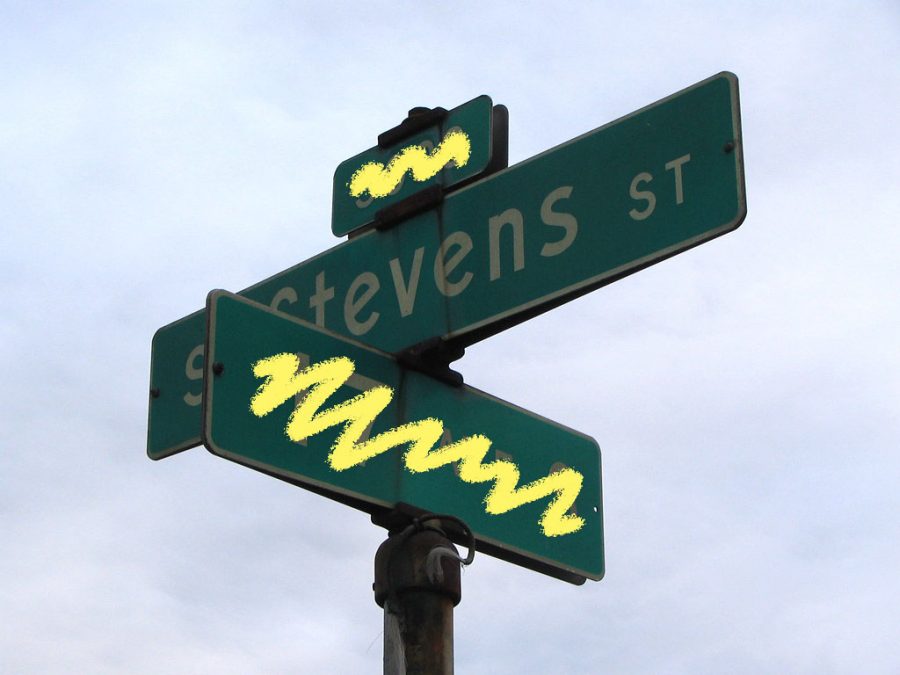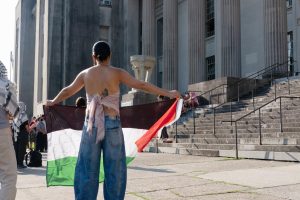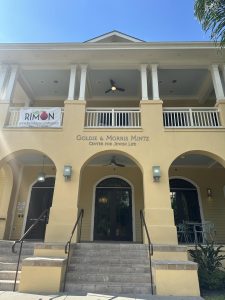OPINION | Renaming NOLA streets requires community input
April 15, 2021

The mission of renaming certain streets in Orleans Parish is reflective of the recent nationwide push to put an end to the visual glorification of individuals whose conduct in life has earned them posthumous shame. In New Orleans, this effort took shape in 2015, when the previous mayoral administration took aim at, and succeeded in removing, a number of confederate statues that had long adorned public spaces throughout the metropolitan area.
The current effort to rename those streets in New Orleans claimed to honor the legacies of white supremacists is cut from the same cloth as the anti-monument movement. Despite advancing similar progressive narratives undergirding the need for the proposed changes, one notable distinction between the two exists. While the effort to rename streets has sought public input from the communities where those streets are located, the same cannot be said of the 2015 monument-removal process.
At its core, residents want and deserve a voice in all processes that involve fundamental alterations of their local environment. Since voices often sing to a different tune when its speakers are from different parts of town and share different worldviews, public input must be localized on the district level. Such divergent thinking was on clear display during the monument debate. With lessons learned from that debate, those residing in District A ought not have to travel streets whose names were determined by residents of the remaining districts. After all, such a range of views is so common in large cities that city councils were established to reflect them, a council that, in New Orleans, is composed of seven members — one representing each of the five districts, in addition to two at-large members — are elected to represent each district, where that representative must also reside.
A central concern with the renaming process is that it distracts from more pressing matters that ought to receive the full intellectual prowess and financial dedication of local officials, such as the current surge in violent crime. Indeed, while it is improbable that General Robert E. Lee, prior to his removal, would dismount his podium to pull a magnum on an unarmed passerby and demand their hard-earned cash, that is not so for those residents who have an actual pulse. Moreover, this uptick in crime should be all the more concerning given the new “progressive” policies the Orleans Parish District Attorney’s Office has put in place following the recent election of Jason Williams, which seem an indication of the office’s non-commitment to keeping criminals off the streets of New Orleans. In short, such matters as crime must be addressed before aesthetic or symbolic interests can be attended to.
Once more pressing matters have been addressed and solutions have been implemented, one should turn their attention back to the renaming debate and consider foremost whether renaming streets is, on balance, a worthwhile endeavor. Considering that streets and monuments alike pose no existential threat to the citizens of New Orleans — again, statutes and street signs cannot impose bodily harm, outside of the remote occurrence of one falling on someone — there is no compelling reason the removal and renaming process should be rushed. Rather, the process must be done in such a manner that gives substantial weight to the desired names of the local residents wherein such streets are located.
It is worth considering whether one negative aspect of an individual’s life should eclipse the totality of the positive impact that person made, provided that the positive contribution, on balance, outweighs the negative. Human beings are flawed creatures, capable of astonishing incoherence. To be sure, it is difficult to find an individual from the past who performed an action in his life that merits affixing his name to a street or casting his likeness in iron whose past actions are impervious to public criticism, given the benefit of hindsight. As a unique exception, one’s participation in the despicable enterprise of enslavement constitutes a horrendous evil powerful enough to taint all other aspects of an individual’s legacy.
Placing this special case aside, one can imagine certain beliefs popular at present, such as the pro-choice position, could in the future be deemed reprehensible by a wider segment of the population, who might then push for the removal of monuments and renaming of streets honoring such people. The point is, like with most progressive initiatives, there is the temptation to go too far and a line must be drawn at some point, though where to draw such a line deserves a lengthier consideration than can be offered in this writing.
The importance of such a line is obvious in the context of renaming buildings on college campuses, an initiative which Tulane University embraced this past summer with the commission of the Building Naming Task Force. While a large portion of students and alumni would care little if one or two buildings were renamed, that would not be the case with efforts to rename the university itself. Indeed, among those streets which are set to receive new names is Tulane Avenue, a street honoring Paul Tulane, who is also the namesake of the university. Unlike with renaming a mere building on campus, renaming the university itself could have cataclysmic effects, eroding the efforts the university has made throughout its 187-year history to become a household name alongside nation’s first-rate universities. What is more, Paul Tulane’s financial contributions to the Confederacy and political views notwithstanding, his importance to the foundation of the university cannot be erased by changing the lettering in front of the university on St. Charles Avenue. For better or worse, his legacy will always be tethered to that of the university.
The solution to New Orleans’ dilemma with rebranding itself, escaping the shadow of past human bondage and racial discrimination, might be found in the writings of renowned Russian novelist and philosopher, Fyodor Dostoevsky, who once wrote: “beauty will save the world.” If this sentiment is true, New Orleans’ future is secured. Indeed, there is much that is beautiful about the culture here, ranging from the unique cuisine and jazz music to the fun-loving, welcoming residents who populate the area. Reflecting this culture in the local street names is an objective that ought to guide the council’s decision making in the renaming process — the names of artists, chefs, musicians and craftsmen should take the place of stale, controversial politicians.
If for no other reason, this should be done to reduce racial tensions among residents and foster an inclusive environment. That is, no one looks at a painting and thinks that the museum’s curators ought to throw it in the dumpster because the artist was anti-abortion, nor does one inquire as to the political affiliation of a chef prior to tasting a spoonful of his delicious creole gumbo. The distinction rests in the nature of what is being honored. In the above case, it is the craft, rather than the individual, that is celebrated and cherished. A well-developed craft is something beautiful and cannot be corrupted with reference to the beliefs of its maker.








Leave a Comment